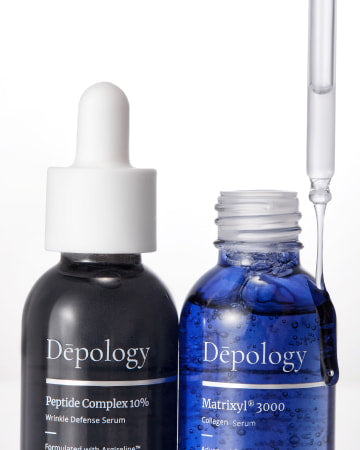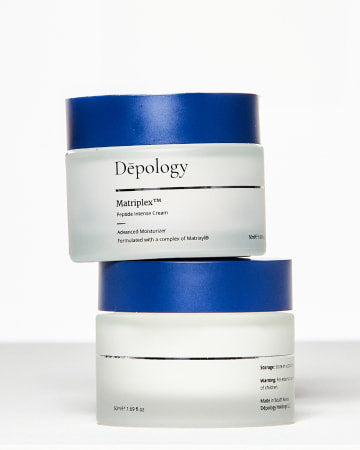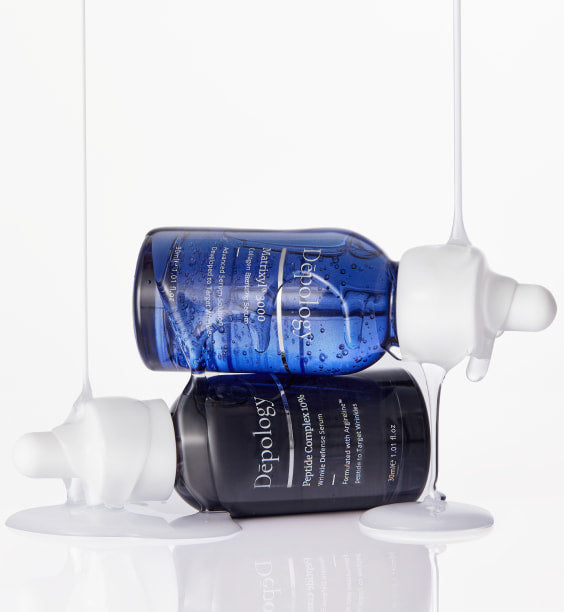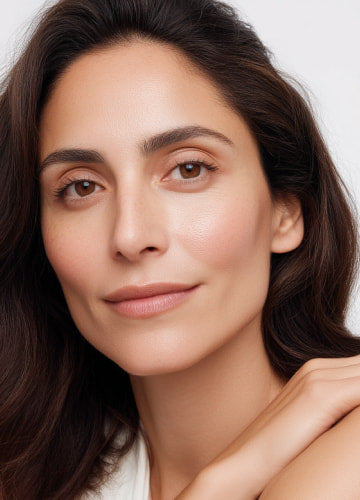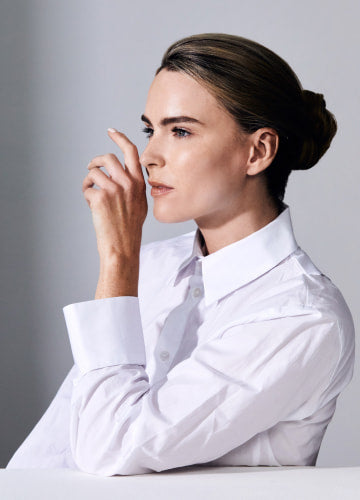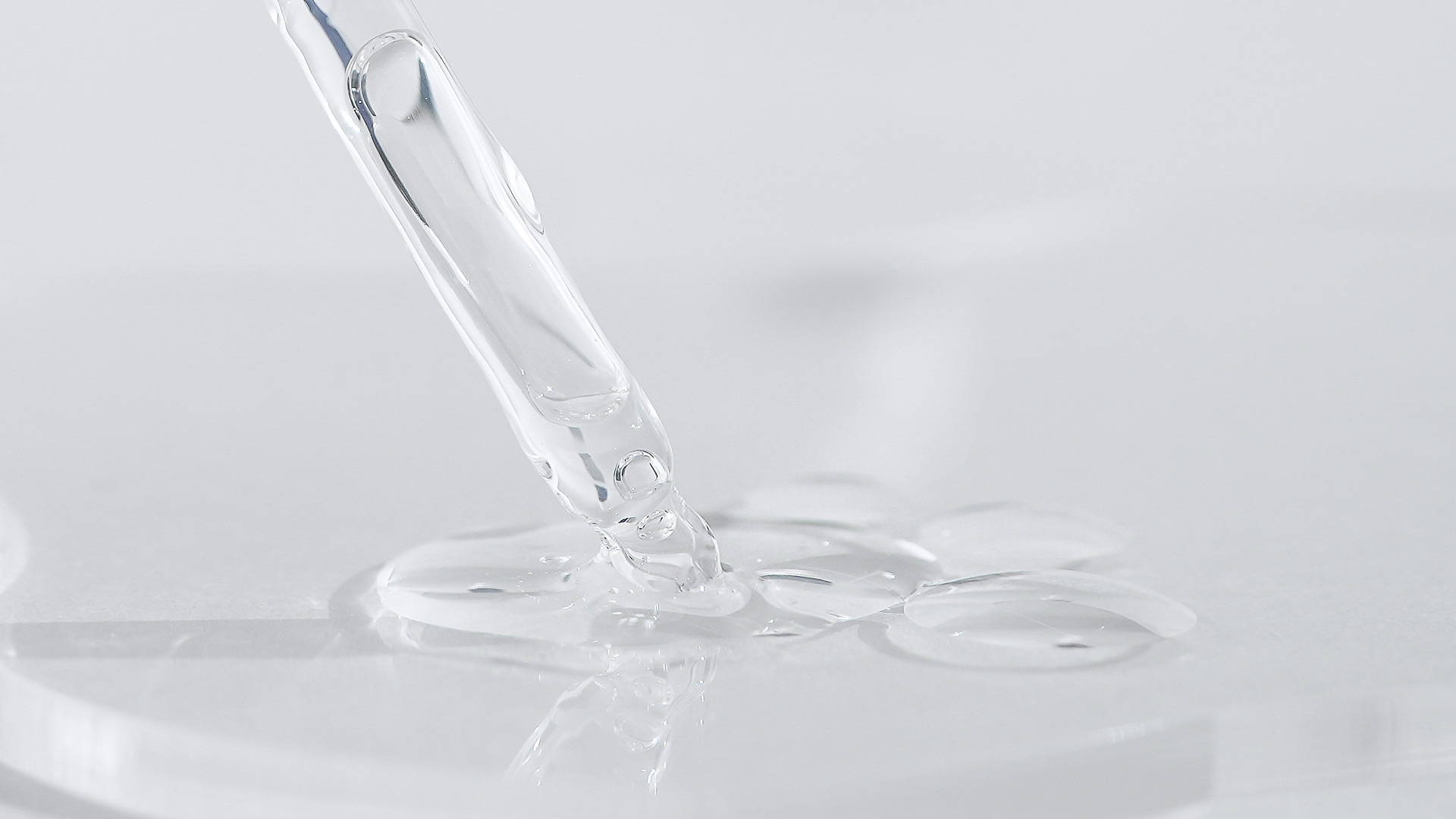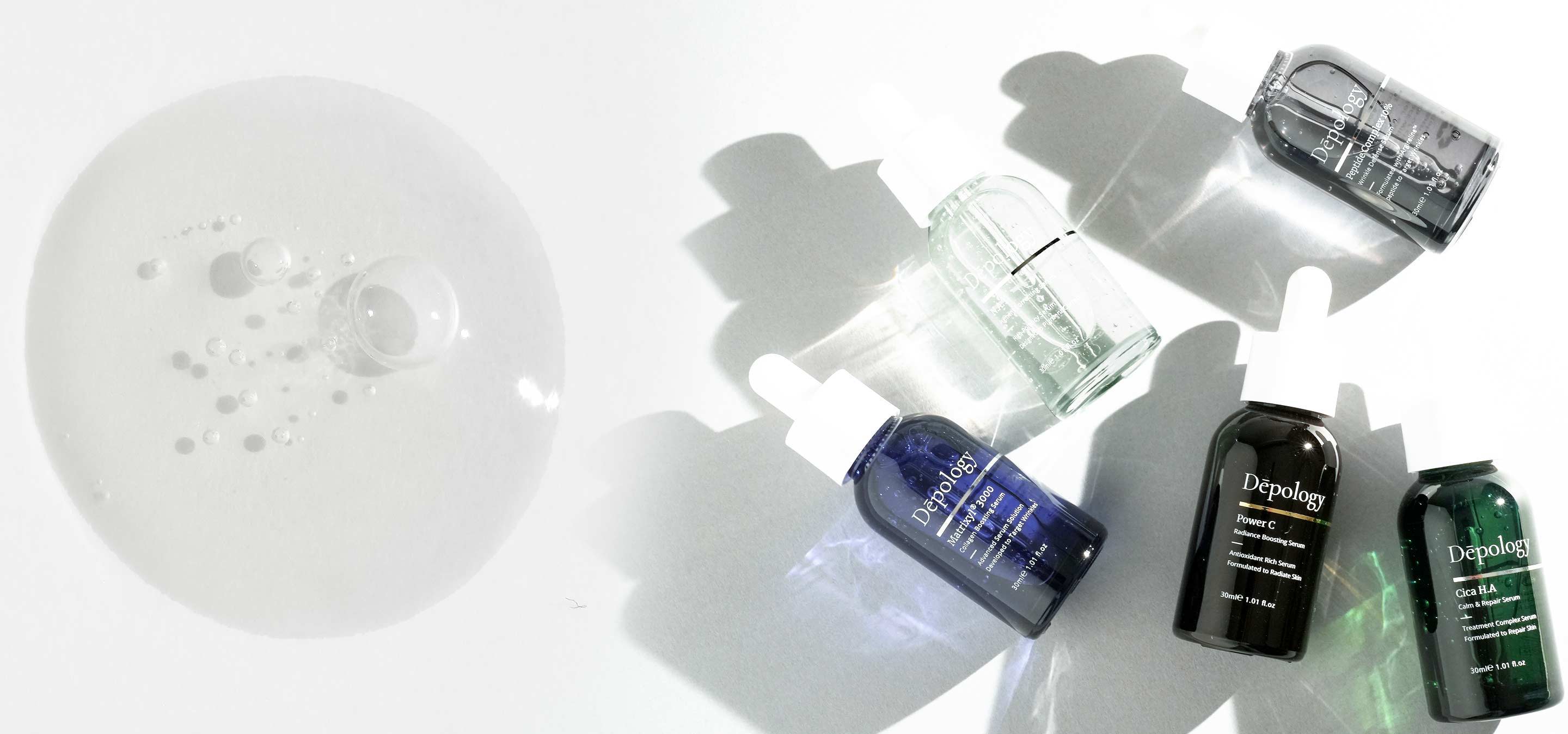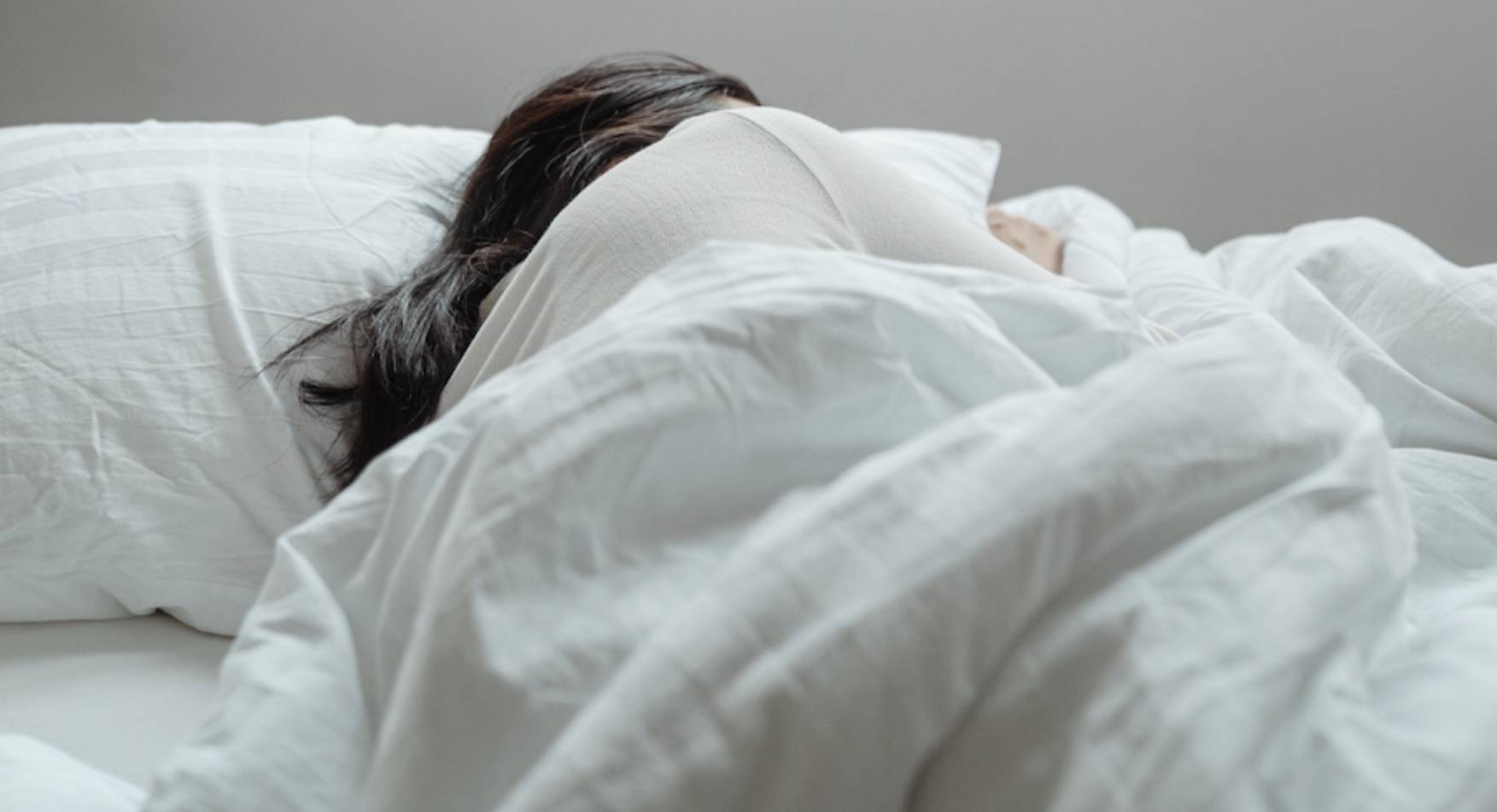
How To Avoid Sleep Marks & Lines On the Face?
While you may already be aware of prevention for smile lines, eleven lines, and frown lines, there’s another type of wrinkle that’s a cause for concern: sleep marks. Also known as “sleep creases,” “sleep wrinkles,” “bed marks,” and “nap lines,” these unflattering remnants of a night’s rest tend to be the second-leading cause of wrinkles, the first being UV exposure.
You might think that there’s not much you can do, since well, you’re asleep. You’re completely helpless and at the will of which position your subconscious wants to sleep in. That couldn’t be further from reality. The sooner you take steps to sleep healthier, the faster you will notice fewer unwanted wrinkles upon waking up.
What Are Sleep Marks?
Sleep marks are wrinkles that form on the face due to the repeated pressure and compression of the skin against a pillow while sleeping. Given that the average human head weighs around eleven pounds, there’s bound to be a bit of friction. Unlike other wrinkles that result from the natural aging process or sun exposure, sleep wrinkles are predominantly caused by mechanical factors.
Do Sleep Marks Mean You Slept Well?
No, sleep creases or sleep wrinkles on your face do not necessarily indicate that you slept well. Sleep creases are a result of your sleeping position and the type of pillow you use. Whether you slept well or not depends on the overall quality and duration of your sleep, as well as how rested and refreshed you feel upon waking.
Sleep quality is determined by various factors, including:
- Duration
The recommended amount of sleep for adults is typically 7-9 hours per night, but individual needs may vary. Poor sleep schedules and quality of sleep can lead to a variety of factors. Including skin concerns such as dark circles and under-eye wrinkles.
- Consistency
Consistently getting enough sleep and maintaining a regular sleep schedule can improve overall sleep quality.
- Sleep Stages
A good night's sleep involves cycling through different sleep stages, including deep sleep and REM (rapid eye movement) sleep.
- Uninterrupted Sleep
Waking up frequently during the night or experiencing disruptions can negatively impact sleep quality.
What Causes Sleep Marks?
- Sleeping Position
People who sleep on their sides or stomach tend to place more pressure on certain areas of their face, such as the cheeks and forehead. Over time, this pressure can lead to the formation of sleep wrinkles.
- Sleeping Surface
The type and quality of the pillow and mattress can play a role. A soft and less supportive pillow may allow the face to sink in more, increasing the risk of developing sleep wrinkles.
- Duration and Frequency of Sleep
The longer and more frequently you sleep in the same position, the more likely it is that sleep wrinkles will develop, as repeated compression can break down collagen and elastin in the skin. Particularly as you age, this can cause sleep wrinkles to become more permanent.
Some individuals may be genetically predisposed to developing wrinkles more easily than others.
Are Sleep Wrinkles Permanent?
Sleep wrinkles are not always permanent, but they can become more pronounced and harder to reverse over time if left unaddressed. The good news is that, in many cases, sleep wrinkles are temporary and can improve or fade with some simple adjustments.
Individual factors such as skin type, genetics, and the extent of sleep wrinkle development can also influence how effectively sleep wrinkles are minimized for each individual.
How Do I Prevent Sleep Marks On My Face?
To help prevent or reduce sleep wrinkles, there are several steps you can take to regain control over your sleep:
- Improve your Sleep Position
Changing your sleep position can make a significant difference. If you sleep on your side or stomach, try to transition to sleeping on your back. Sleeping on your back reduces the pressure on your face, minimizing the formation of sleep wrinkles.
- Pillow selection
Use a supportive or wrinkle-reducing pillow that keeps your head aligned with your spine while providing enough cushioning for comfort. A good pillow can help reduce the pressure and compression on your face, which can help prevent the development of sleep wrinkles. Silk or satin pillowcases create less friction with the skin than flannel, cotton, or jersey fabrics.
Though it may seem like a minor effort, sleep masks have great potential to minimize the risk of sleep wrinkles. They allow the skin to stay in place during sleep, preventing further pressure on the face and the skin from folding in on itself.
- Wrinkle Creams
Some over-the-counter creams and serums containing ingredients like retinoids, peptides, or hyaluronic acid may help reduce the appearance of wrinkles over time. Consult with a dermatologist for personalized recommendations.
- Office Procedures
In some cases, cosmetic procedures such as dermal fillers, chemical peels, and laser treatments can be used to reduce the appearance of sleep wrinkles for a more immediate and significant effect. Remedies such as chemical peels and microneedling can also drastically reduce aging signs while being performed in the convenience of your own home.
- Skin Care Routine
Follow a regular skincare routine, including cleansing, moisturizing, and using sunscreen to protect your skin from premature aging. Products such as night creams, hydrating serums, eye creams, gentle cleansers, and moisturizers can all play a role in wrinkle prevention.
Sunscreen can never be stressed enough. This is one of the best methods you can incorporate into your daily ritual to prevent aging signs later in life.
Can You Take Supplements To Prevent Sleep Wrinkles?
There are no specific supplements that have been scientifically proven to prevent sleep wrinkles. However, there are some supplements and nutrients that support overall skin health and may indirectly contribute to reducing the appearance of wrinkles. These supplements can enhance skin hydration, synthesize collagen production, and protect the skin from oxidative stress.
Collagen is a protein found in connective tissues and bones, providing structure to the skin. Collagen peptides are derived from hydrolyzed collagen, and they are commonly used in supplements to support skin, joint, and bone health. Some studies suggest that collagen supplements may help improve skin elasticity and reduce the appearance of wrinkles.
Peptides are short chains of amino acids, which are the building blocks of proteins. When proteins are broken down during digestion or food processing, they can be further broken down into smaller peptides. Certain peptides have multiple functions, including acting as signaling molecules, enzyme inhibitors, or carrying out specific biological activities. Peptides are so complex that various food sources contain peptides, including dairy, legumes, fish, and grains.
Foods rich in collagen are essential for any healthy diet, particularly a skin-friendly one. While peptides in food may have some health benefits, they are just one aspect of a comprehensive approach to overall nutrition and wellness. More research is needed to fully understand their effects.
- Vitamin C
Vitamin C is a potent antioxidant that helps protect the skin from free radical damage and supports collagen synthesis.
- Vitamin E
Vitamin E is another antioxidant that helps protect the skin from oxidative stress and may support skin repair.
- Omega-3 Fatty Acids
Omega-3 fatty acids, found in fish oil supplements, can help maintain skin hydration and reduce inflammation.
Before starting any supplement regimen, it's crucial to consult with a healthcare professional or a registered dietitian to ensure that the supplements are safe for you, do not interact with any medications you may be taking, and are appropriate for your specific needs.
Conclusion
Though it might seem difficult to do much about sleep wrinkles while you are in dreamland, taking these small steps daily can have a positive impact not only on your sleep cycle but the overall health of your skin. Getting a head start in your late 20s and early 30s when aging signs start to become more prominent, will drastically reduce the appearance of wrinkles both during the day and at night.



